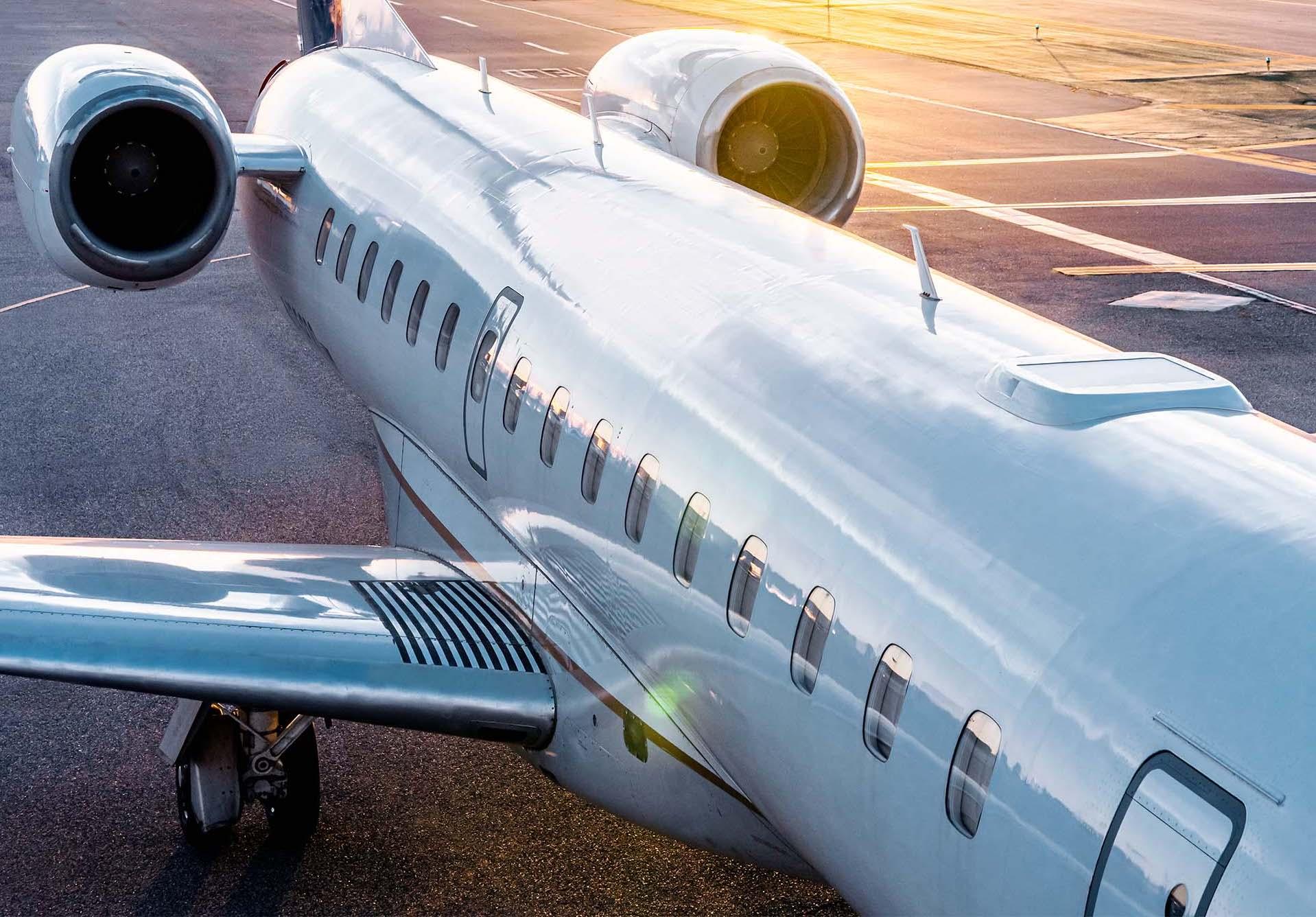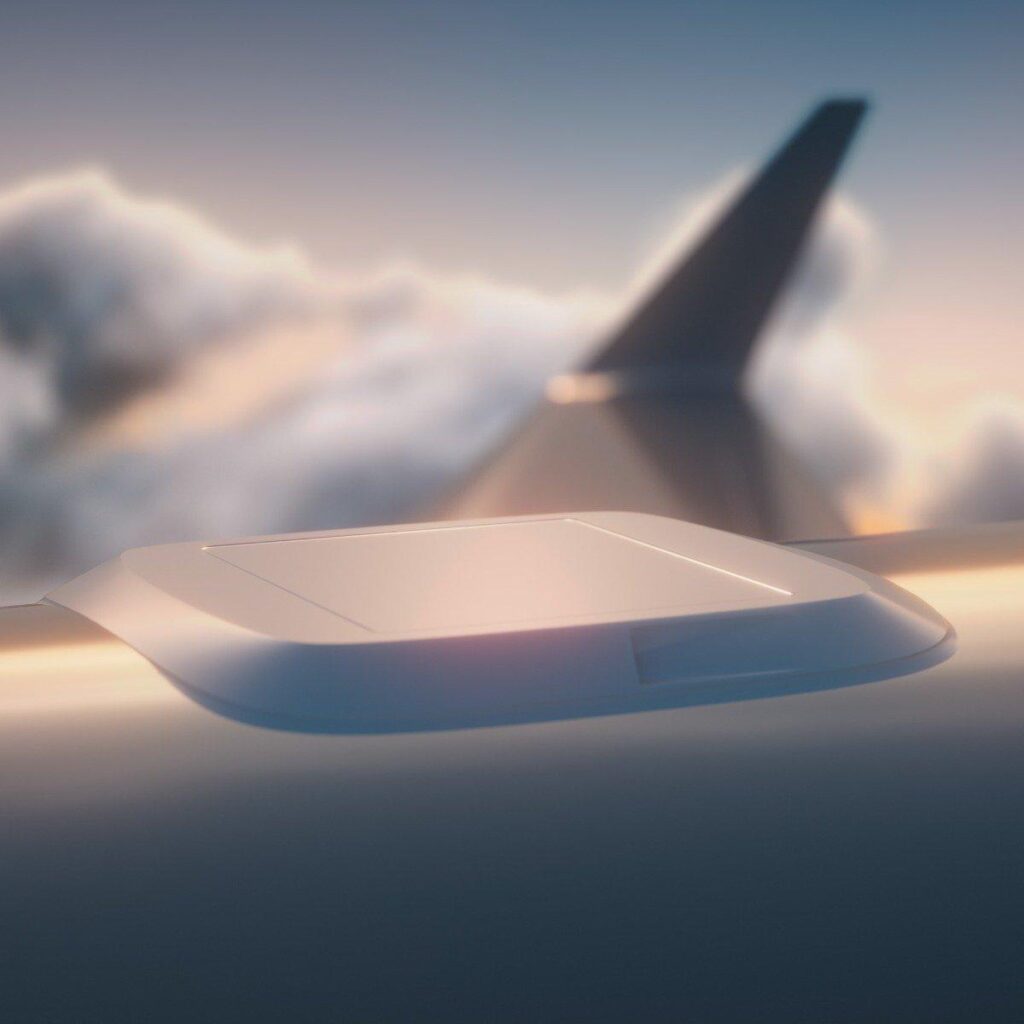Sky-high connectivity is about to take on a whole new meaning. As United Airlines prepares to launch Starlink’s satellite internet service this spring, passengers can look forward to a transformative in-flight experience. Elon Musk’s ambitious telecommunications venture promises to turn mundane air travel into a seamless digital journey, where dropped connections and pixelated video calls become relics of the past. With this technological leap, United is positioning itself at the forefront of a connectivity revolution that blurs the lines between ground and aerial communication. Passengers on United Airlines are set to experience a revolutionary in-flight connectivity breakthrough this spring as Starlink’s satellite internet technology prepares to transform airborne digital experiences. The partnership between the airline and Elon Musk’s SpaceX promises unprecedented high-speed internet access at 35,000 feet, potentially redefining expectations for travelers worldwide.
Initial rollout will target select domestic routes, gradually expanding to create a comprehensive network of seamless connectivity. Unlike traditional airplane Wi-Fi systems that struggle with bandwidth and consistency, Starlink’s low-orbit satellite constellation ensures robust, reliable internet speeds comparable to ground-based broadband connections.
Technical specifications reveal remarkable potential, with projected download speeds reaching up to 350 Mbps, enabling passengers to stream high-definition content, participate in video conferences, and browse web applications without interruption. This technological leap represents a significant advancement from previous in-flight internet technologies that often frustrated travelers with sluggish connections.
United Airlines’ strategic implementation will initially equip narrow-body aircraft, focusing on routes with high business and tech-savvy passenger demographics. The gradual deployment suggests a meticulous approach to ensuring optimal performance and user experience.
SpaceX’s innovative satellite network, comprising thousands of small satellites orbiting significantly closer to Earth than traditional communication satellites, provides the technological backbone for this groundbreaking service. This approach dramatically reduces latency and increases transmission speeds, creating a more responsive internet experience.
Pricing structures remain under discussion, with potential scenarios ranging from complimentary basic access to premium high-speed packages. Industry analysts anticipate this could become a significant differentiator for United in the competitive airline market.
Consumer anticipation builds as travelers imagine productive work sessions, uninterrupted entertainment, and seamless communication during flights. The technology represents more than just an incremental improvement; it signals a paradigm shift in aerial connectivity.
Environmental considerations have also been addressed, with Starlink’s satellite design minimizing space debris and implementing advanced sustainability protocols. This alignment with growing ecological consciousness adds another layer of appeal to the technological innovation.
While challenges remain in full-scale implementation, early testing demonstrates promising results. United’s commitment to integrating cutting-edge technology positions the airline at the forefront of digital travel experiences.
The collaboration between a forward-thinking airline and an innovative technology company symbolizes a broader trend of cross-industry technological integration, hinting at future possibilities that extend far beyond current connectivity limitations.

